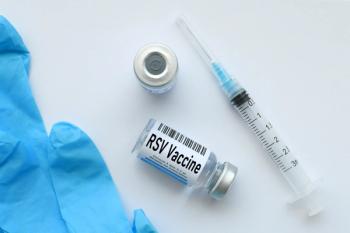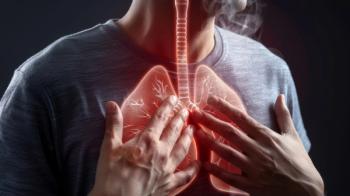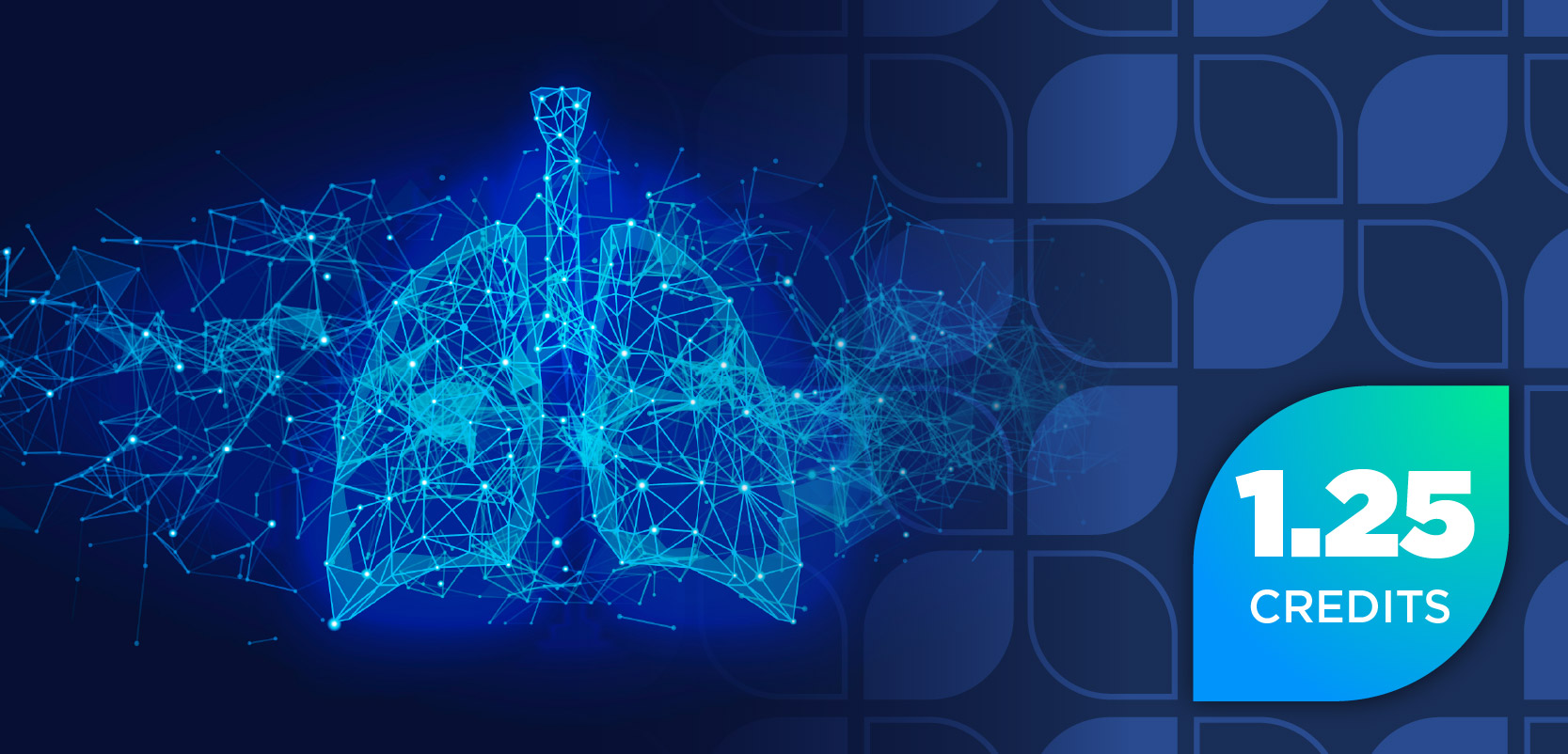
|Articles|December 8, 2021
Pharmacy Clinical Pearl of the Day: Fibromuscular Dysplasia
Author(s)Saro Arakelians, PharmD
Fibromuscular dysplasia typically appears in the arteries leading to the kidneys and brain.
Advertisement
Clinical Pearl of the Day: Fibromuscular Dysplasia
Fibromuscular dysplasia is a condition that causes narrowing (stenosis) and enlargement (aneurysm) of the medium-sized arteries in your body.
Insight:
- Fibromuscular dysplasia appears most commonly in the arteries leading to the kidneys and brain.
- Fibromuscular dysplasia can affect other arteries, including those leading to the legs, heart, abdomen and, rarely in the arms.
- Symptoms may include high blood pressure, poor kidney function, headache, a pulsing ringing in the ears, dizziness, sudden neck pain, and stroke.
- Causes may be hormones and genetics.
- Risk factors may include gender, age, and smoking.
- Diagnosis may include duplex ultrasound, CT angiogram, MRI, and catheter-based angiography.
- Treatment may include:
- Angiotensin-converting enzyme (ACE) inhibitors such as benazepril (Lotensin), enalapril (Vasotec), or lisinopril (Prinivil, Zestril) to help relax the blood vessels.
- Angiotensin II receptor blockers. These medications also help relax the blood vessels. Examples of this class of medications include candesartan (Atacand), irbesartan (Avapro), losartan (Cozaar), and valsartan (Diovan).
- Diuretics such as hydrochlorothiazide (Microzide), help remove excess fluid from the body and may be used with other blood pressure medications.
- Calcium channel blockers, such as amlodipine (Norvasc), nifedipine (Procardia) and others, help relax your blood vessels.
- Beta blockers such as metoprolol (Lopressor), atenolol (Tenormin) and others, slow the heartbeat and block adrenaline.
Sources:
Newsletter
Stay informed on drug updates, treatment guidelines, and pharmacy practice trends—subscribe to Pharmacy Times for weekly clinical insights.
Advertisement
Latest CME
Advertisement
Advertisement
Trending on Pharmacy Times
1
Clinical Manifestations and Prognostic Impact of Anemia in Myelofibrosis
2
Trump Announces Pricing Deals With 9 Drugmakers, Expanding Most-Favored-Nation Drug Pricing Strategy
3
Early RSV Vaccine Uptake Among Older Adults Reveals Significant Access Gaps
4
FDA Approves Nerandomilast for Progressive Pulmonary Fibrosis
5








































































































































































































